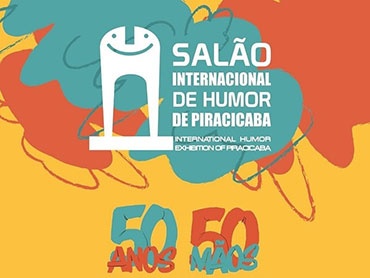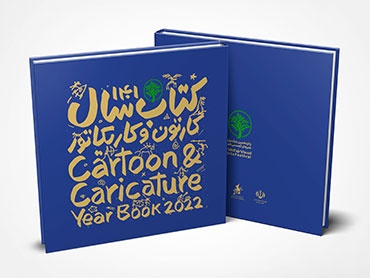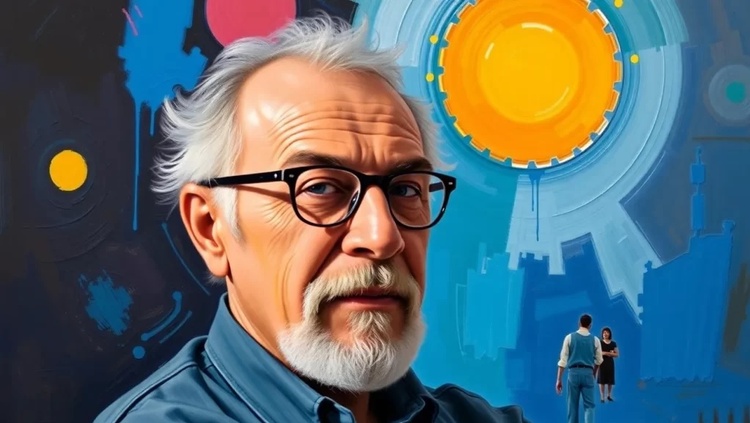
Farewell to Juan Lecuona, the master of democratic painting
The shocking loss that shook the art world: farewell to Juan Lecuona, the master of democratic painting
Yesterday, the Argentine art world mourned the unexpected passing of Juan Lecuona, a visionary painter who left his indelible mark on the contemporary art scene. Born in Buenos Aires on July 30, 1956, Lecuona became a key figure in the 1980s, his work a testament to the democratic rebirth in Argentina.
His death, which occurred after a brief stay at the CEMIC (Central University of Buenos Aires) where he was diagnosed with a terminal illness, coincides with the upcoming opening of an exhibition chronicling his artistic legacy. This exhibition, which will open next week, takes on profound significance as a tribute to his life and work.
Juan Lecuona's Artistic Career
Although Lecuona resided in São Paulo, Brazil, he maintained constant connections with his hometown, where his studio in Buenos Aires became a creative meeting point. Throughout his career, he stood out as a co-founder of the Babel Group in 1985, a collective that promoted painting at a crucial moment in Argentine history.
His work is characterized by a fusion of abstract expressionism and a personal style that distinguished him from his contemporaries. Using gestural painting, he managed to transform everyday and urban elements into vibrant and meaningful compositions. Lecuona captured the essence of the city on his canvases, transforming cement into light and color.
Influence and Legacy
Lecuona was not only a pioneer in the use of innovative techniques, but also left a profound impact on his colleagues and friends. Hernán Dompé, one of his closest collaborators, described his tenacity and unwavering will to create, highlighting the friendship they shared. Dompé expressed his grief at the loss, underscoring how unfair it is that such a brilliant talent was extinguished so soon.
Bastón Díaz, Lecuona's sculptor and colleague, also remembered their relationship as a creative brotherhood. Together, they developed numerous projects, and Díaz emphasized the seriousness Lecuona placed on friendship, a value often underestimated in the art world.
Exhibitions and Their Impact on the Artistic Community
Lecuona's legacy extends beyond his individual works; he was also a facilitator of artistic expression in his community. His participation in the Encuentro contemporáneo exhibition alongside other prominent artists is just one example of his commitment to collective and federal art. Gómez Centurión, another of his friends and colleagues, remembers him as a driving force behind the exhibition's inclusive nature, demonstrating his desire to see Argentine art flourish in all its diversity.
The Connection with the Female Figure in His Work
Lecuona's work is deeply shaped by his relationship with the women in his life. His paintings, which often depict sewing patterns, evoke the presence of absent female figures, creating a complex dialogue between the personal and the universal. “My whole world is linked to women,” Lecuona confessed, reflecting how his art was a tribute to the women who surrounded and influenced him.
His mother and the women who loved him are recurring figures in his work.
Calla lilies, flowers that represent his childhood, become a symbol in his art.
The transformation of sewing patterns into cartographies of the body demonstrates his attention to the female experience.
A posthumous exhibition celebrating his legacy
Starting this Wednesday, August 6, the Rojas Cultural Center will host the exhibition Suspended Seams. Juan Lecuona in the 90s, which will bring together a selection of works created during a key decade for the artist. This exhibition seeks not only to remember his work but also to explore the connection between art and the life experiences that inspired him.
Recognitions and Awards
Throughout his career, Lecuona was honored with numerous awards that attest to his impact on Argentine art. Some of the most notable include:
Grand Prize of Honor at the National Salon (2003)
Trabucco Prize from the National Academy of Fine Arts (2002)
First Prize in Painting at the Manuel Belgrano Salon (1997)
Artist of the Year Award from the Argentine Association of Art Critics (1995)
These awards are a testament to the recognition Lecuona has received both nationally and internationally, consolidating his status as a leading figure in contemporary painting.
Lecuona's Technique and Creative Process
Lecuona's style is distinctive not only for its subject matter but also for its technique. His focus on layering or subtracting elements down to the white of the canvas results in works that convey an almost palpable calm and silence. His paintings, featuring multiple glazes, take us on a sensorial journey where time seems to stand still.
His mother and the women who loved him are recurring figures in his work.
Calla lilies, flowers that represent his childhood, become a symbol in his art.
The transformation of sewing patterns into cartographies of the body demonstrates his attention to the female experience.
A posthumous exhibition celebrating his legacy
Starting this Wednesday, August 6, the Rojas Cultural Center will host the exhibition Suspended Seams. Juan Lecuona in the 90s, which will bring together a selection of works created during a key decade for the artist. This exhibition seeks not only to remember his work but also to explore the connection between art and the life experiences that inspired him.
Recognitions and Awards
Throughout his career, Lecuona has received numerous awards that attest to his impact on Argentine art. Some of the most notable include:
Grand Prize of Honor at the National Salon (2003)
Trabucco Prize from the National Academy of Fine Arts (2002)
First Prize for Painting at the Manuel Belgrano Salon (1997)
Artist of the Year Award from the Argentine Association of Art Critics (1995)
These awards are a testament to the recognition Lecuona has received both nationally and internationally, consolidating his status as a leading figure in contemporary painting.
Lecuona's Technique and Creative Process
Lecuona's style is distinctive not only for his subject matter but also for his technique. His focus on layering or subtracting elements until the white of the canvas is reached results in works that convey an almost palpable calm and silence. His paintings, with multiple glazes, take us on a sensorial journey where time seems to stand still.
Source
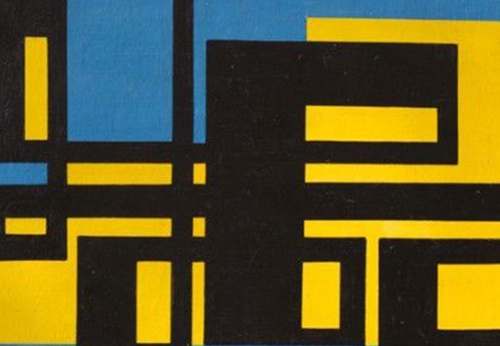
- December 22, 2025
MACA Inaugurates Exhibitions of Fontana and Uruguayan Modern Art
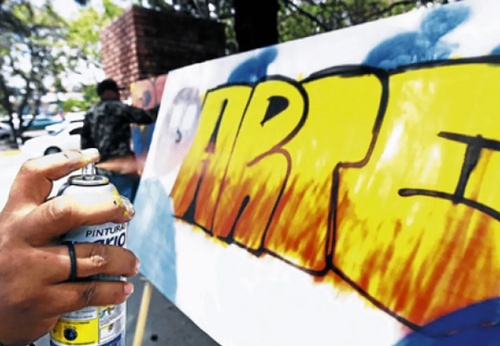
- December 22, 2025
Graffiti as a Social and Political Language
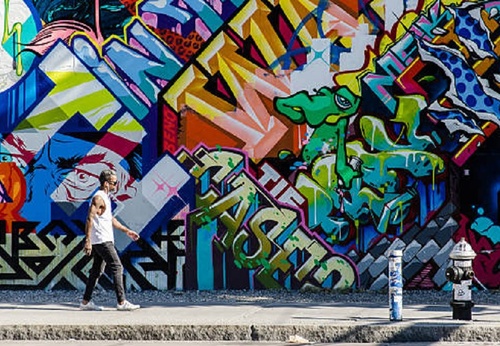
- December 22, 2025
Graffiti – From the Street to Contemporary Art

- December 22, 2025
Júlia Albertin - Brazil
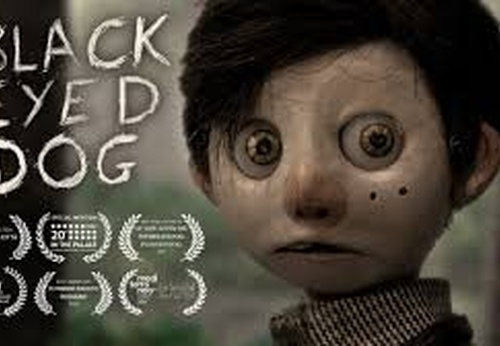
- December 22, 2025
BLACK EYED DOG | Award-Winning Stop Motion Animated Short Film
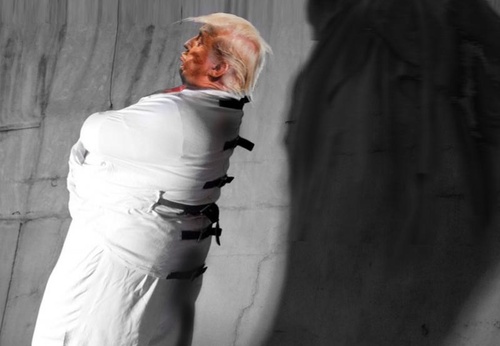
- December 22, 2025
Liberty
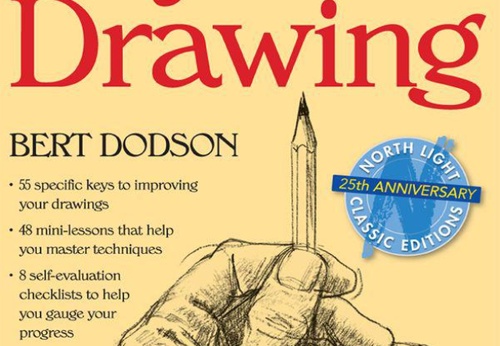
- December 22, 2025
Keys to Drawing by Bert Dodson
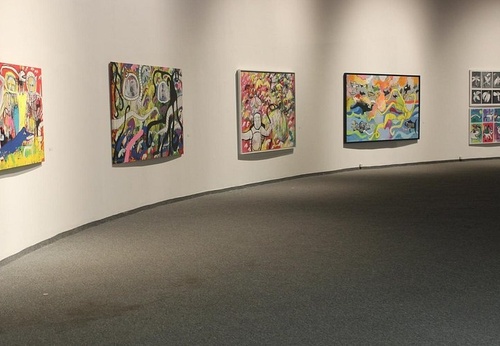
- December 21, 2025
Contemporary Art and New Visual Narratives in the 21st Century
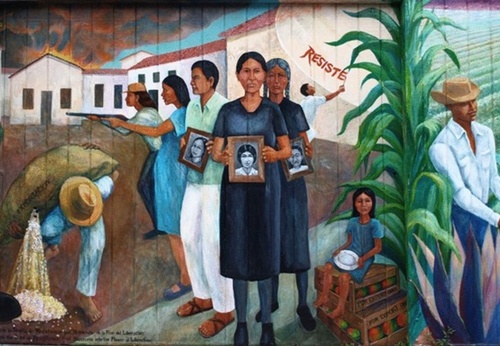
- December 21, 2025
Latin American Visual Art as a Space of Memory and Resistance

- December 22, 2025
MACA Inaugurates Exhibitions of Fontana…

- December 20, 2025
Costantini Acquires the Daros Collectio…

- December 17, 2025
ARCOmadrid Announces Participating Gall…

- December 17, 2025
Eduardo Costantini Acquired a Collectio…

- December 15, 2025
From Chile to Gaza: «Palestine Cries,»

- December 15, 2025
Latin American Artists MACLA and Montal…

- December 15, 2025
The Houston Museum That Doubled in Size…

- December 14, 2025
Brazilian Artist's Exhibitions at the V…

- December 13, 2025
Art for Gaza

- December 10, 2025
Pinta Miami 2025 Reaffirms the Strength…

- December 09, 2025
“GENOCIDE” Exhibition and Controversy O…

- December 09, 2025
Indigo Celebrates its 21st Anniversary …

- December 07, 2025
7 Art and Culture Recommendations for T…

- December 07, 2025
Why is Frida Kahlo the woman with the m…

- December 06, 2025
Argentine Art Makes a Grand Entrance at…

- December 06, 2025
Pinta Miami Highlights Sustainable Lati…

- December 04, 2025
Pinta Miami 2025: Epicenter of Contempo…

- December 03, 2025
Pinta Miami Boosts Latin American Art

- December 02, 2025
Exhibition “Unspeakable Gestures,” by A…

- December 02, 2025
Malba: “Pop Brasil” is an essential exh…

- October 08, 2023
Illustrations reflect the brutal Israel…

- December 25, 2023
The jury statement of the Iran-Brazil F…

- July 29, 2023
History of Caricature in Brazil

- March 21, 2024
The history of art in Palestine

- May 22, 2025
Brady Izquierdo’s Personal Exhibition O…

- April 20, 2024
Poignant Image of Grief Wins Mohammed S…

- September 01, 2023
Neural Filters in new photoshop 2023

- October 21, 2023
Erick Meyenberg and Tania Ragasol at th…

- June 29, 2024
Exhibition at Centro MariAntonia contra…

- May 15, 2024
Eleven murals for Gaza painted across t…

- February 18, 2024
7 Ways to Understand What Visual Arts A…

- March 14, 2024
museum of statue of van gogh

- March 30, 2024
illustration websites in Latin America

- May 25, 2025
Bordalo II to hold exhibition in Paris …

- March 15, 2024
museum of sculpture of Salvador Dali

- May 20, 2024
Latin American Festival of Performing A…

- August 09, 2023
Venezuela mural expresses solidarity wi…

- July 30, 2024
The artist from San Luis Mirta Celi rep…

- May 27, 2025
Works by Botero, Grau, and 80 other imp…

- January 23, 2025
Art Palm Beach 2025

- May 15, 2024
Eleven murals for Gaza painted across t…

- February 18, 2024
7 Ways to Understand What Visual Arts A…

- January 02, 2025
13 commemorations that will mark the cu…

- October 17, 2023
The influence of Latin American artists…

- February 03, 2024
THE HISTORY OF NAIF ART

- July 02, 2024
One of the largest urban art galleries …

- November 17, 2023
Fernando Botero's work is booming after…

- October 08, 2023
Illustrations reflect the brutal Israel…

- July 29, 2023
Piracicaba International Humor Exhibiti…

- December 25, 2023
The jury statement of the Iran-Brazil F…

- November 06, 2023
Heba Zagout: Palestinian artist murdere…

- December 10, 2023
Sliman Mansour and Palestinian art on t…

- March 14, 2024
museum of statue of van gogh

- February 01, 2025
A maior exposição de Botero em Barcelona

- March 21, 2024
The history of art in Palestine

- July 20, 2024
First International Mail Art Biennial 2…

- April 20, 2024
Poignant Image of Grief Wins Mohammed S…

- October 30, 2023
Palestinian turns images of the Gaza co…

- September 01, 2023
Neural Filters in new photoshop 2023

- February 08, 2024

